How to Use Solar Panel Directly Without Battery: A Complete Guide
Looking to go solar without spending big on batteries? You’re not alone. Harnessing solar panel power directly—without the use of a battery—can be a clever, budget-friendly way to power your devices during the day. Whether you’re just curious or planning to install your own system, this easy-to-understand guide walks you through everything you need to know, including the perks, the limitations, and how to make it work for your needs.
Table of Contents
- 1 Understanding Direct Solar Panel Usage
- 2 Key Components Required
- 3 How to Set Up a Battery-Free Solar Panel System
- 4 When Does This Make Sense?
- 5 Benefits of Using Solar Panel Without a Battery
- 6 Maximizing Your Direct Solar Panel System
- 7 Real-Life Applications
- 8 Maintenance Tips
- 9 Should You Upgrade to Battery Later?
- 10 Hybrid Systems: The Best of Both Worlds
- 11 What About Grid-Tied Systems?
- 12 Why Efficiency Matters
- 13 Where to Buy Reliable Equipment
- 14 Final Thoughts
- 15 FAQs
Understanding Direct Solar Panel Usage
When most people think of solar setups, they imagine a system that stores power for later use using a solar battery. But here’s the thing: it’s completely possible to use power from a solar panel right as it’s being generated—no battery needed. This is called a direct solar panel setup. The catch? It only works when the sun is shining.
Key Components Required
To get started with your no-battery system, here’s what you’ll need:
1. Solar Panels – These collect sunlight and convert it into usable electricity.
2. Charge Controller or MPPT Controller (optional but helpful) – This protects your appliances and improves system performance.
3. Inverter – Converts DC electricity from the solar panel into AC power for your home devices.
4. Appliances or Load – What you plan to power directly.
If you’re exploring solar panels for house installations, this setup is great for things like fans, lights, and water pumps that run only during the day.
How to Set Up a Battery-Free Solar Panel System
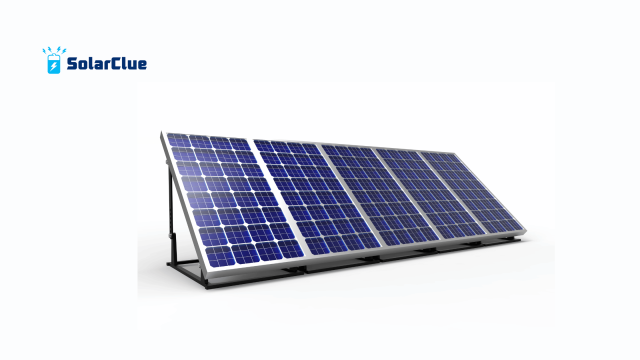
Here’s a simple way to wire everything up:
1. Hook up your solar panel to the inverter.
2. Connect the inverter to your chosen appliances.
3. Use fuses or breakers to keep things safe.
4. Tilt your solar panels toward the sun to get the best solar panel efficiency.
Once you’re all set, the sunlight powers your devices instantly—no storage, no waiting.
When Does This Make Sense?
This system works best when you only need power during the day. Think farms, workshops, or even school buildings in rural areas. If budget is tight and solar panel price or solar battery price is a concern, this route is a smart move.
Benefits of Using Solar Panel Without a Battery
1. Saves money upfront: Skip the high solar battery price and keep your investment lean.
2. Less hassle: Fewer parts mean less that can go wrong.
3. Better efficiency: No energy lost in storing and retrieving power.
4. Eco-conscious: Pure sunshine, directly used.
Limitations You Should Consider
As great as it sounds, there are a few catches:
1. Only works in the sun: Nighttime and cloudy days? No power.
2. Fluctuating performance: Changes in sunlight affect energy output.
3. Not suitable for essentials: Devices like fridges need consistent power, which may be risky without storage.
Maximizing Your Direct Solar Panel System
Want the best results? Follow these tips:
1. Stick to energy-efficient devices.
2. Install a sun tracker for your solar panels to boost solar panel efficiency.
3. Think about adding a small backup battery later for cloudy days.
4. Check the weather to plan your energy use.
Is It Cost Effective?
Big yes. Batteries are one of the most expensive parts of any solar power system, and if you can do without them, you’re saving a ton. With falling solar panel price and rising electricity costs, going direct could be a great fit.
For example, using solar panel to run a water pump or workshop fan during the day? You can do that without spending anything on a solar battery.
Real-Life Applications
Plenty of rural homes, farms, and even schools in India are using direct solar panel setups. It’s a practical fix where grid electricity is unreliable and budgets are tight.
Maintenance Tips
Here’s how to keep your system running smoothly:
1. Clean your solar panels regularly to maintain high solar panel efficiency.
2. Check all connections for wear and tear.
3. Use surge protectors to guard against power spikes.
Should You Upgrade to Battery Later?
The beauty of this system is flexibility. Start small. If your energy needs grow, you can add a solar battery later—no need to replace your existing setup.
Hybrid Systems: The Best of Both Worlds
Not sure whether to commit to battery-free? Try a hybrid. Use solar panel directly during the day, and store excess energy for night use. It’s a solid middle ground.
What About Grid-Tied Systems?
If you’re connected to the power grid, you can send extra energy back and even earn credits. Another way to go battery-free without wasting your extra solar panel energy.
Why Efficiency Matters
Solar panel efficiency is all about how much sunlight gets turned into usable electricity. The higher the percentage, the more power you get—especially important when you can’t store it.
Where to Buy Reliable Equipment
Need good gear? Head to solarclue.com for affordable solar panels, inverters, and more.
Want expert insights and guides? Visit blog.solarclue.com to explore real stories, tips, and tricks.
Final Thoughts
Using a solar panel without a battery isn’t just possible—it might be the smartest move for your needs. It’s budget-friendly, easy to set up, and perfect for daytime-only power demands. Plus, you can always expand your system as life evolves.
For more tips, solutions, and solar-friendly ideas, swing by our website and let your energy journey begin!
FAQs
Q1: Can I run a TV on solar without a battery?
Yes, as long as your solar panel setup produces enough power while the sun’s out, and your inverter can handle the load.
Q2: What happens to unused solar power without a battery?
It goes unused unless you’re tied to the grid, where it could be fed back and possibly earn you credits.
Q3: Is it safe to run appliances directly from solar?
Totally! Just make sure you’re using the right inverter and include safety features like breakers.
Q4: How do I figure out how many panels I need?
List your appliance wattages, total them up, and divide by how much one solar panel produces in sunlight hours.
Q5: What’s best to run directly off solar?
Fans, lights, pumps, and even small kitchen gadgets—anything that you use during the day!

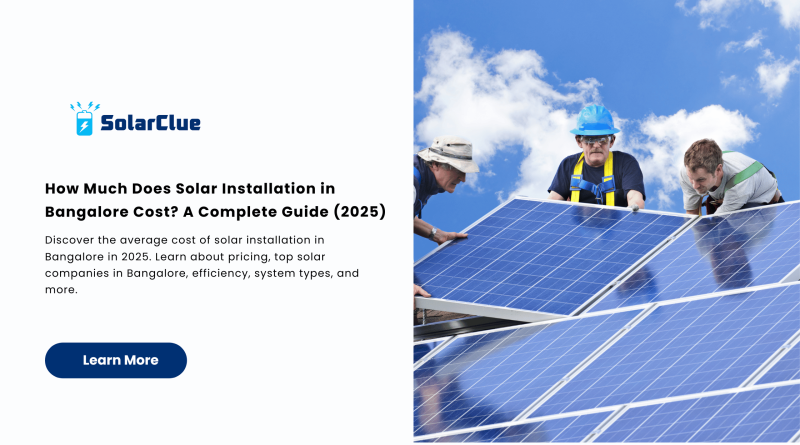
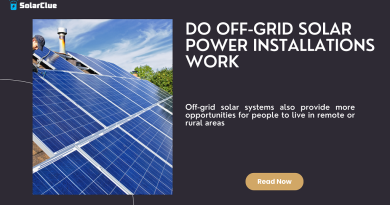
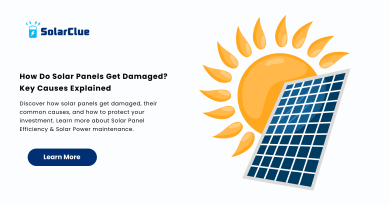
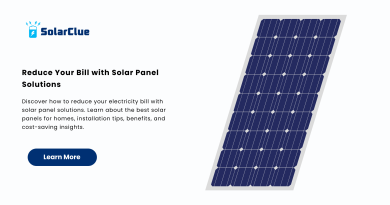
Sir,
I intend to power an Air conditioner 1 ton with a 2KW solar panel (exclusively). Require it only during daytime. Is it feasible? A small sized battery to take care of the fluctuating power, to protect the appliance. How about DC air conditioners in the market? Your thoughts & advice.
Sir,
I intend to power an Air conditioner 1 ton with a 2KW solar panel (exclusively). Require it only during daytime. Is it feasible? A small sized battery to take care of the fluctuating power, to protect the appliance. How about DC air conditioners in the market? Your thoughts & advice.
Thank you for your thoughtful question! Yes, running a 1-ton AC exclusively on a 2kW solar panel during the daytime is feasible, especially if you’re using an inverter or DC air conditioner. A 1-ton inverter AC typically consumes around 0.8–1.2kW, and a 2kW solar system can generate about 8–10kWh per day under good sunlight, which is sufficient for daytime use. Adding a small battery (around 0.5–1kWh) is a smart move—not to power the AC, but to manage fluctuations and protect the appliance from voltage drops. DC air conditioners, especially solar hybrid or pure DC models, are more efficient for such setups as they reduce conversion losses and handle variable power better. Just ensure the system is professionally sized and installed for optimal performance.